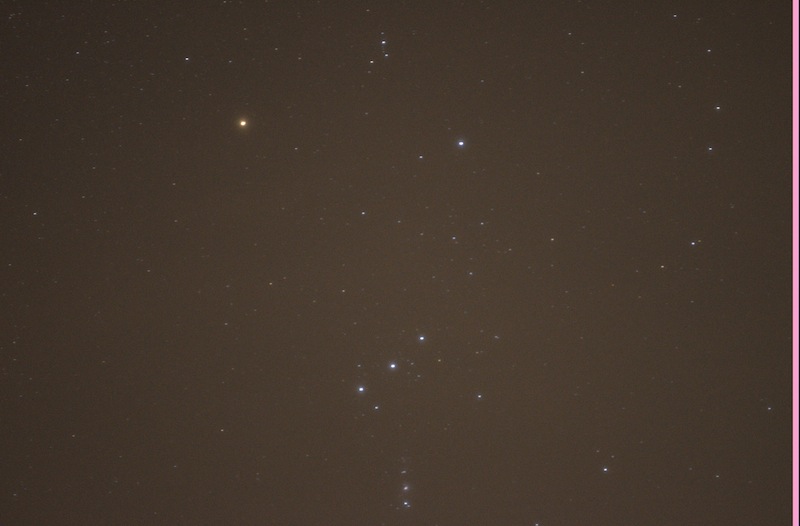I've recently asked a friend how did he managed to take this kind of pictures, just out of pure curiosity, here is all the process:
"I use a motorized equatorial mount. You do not do a single exposure but several which are then overlapped using software. Because of high noise levels which is one hour of exposure, one has to make various types of pictures: LightFrame (with light), Darkframes (to mitigate the noise (making the same ISO and same exposure time), and still flatframes (these are used to remove dust from the image sensor or optical elements. All in all, this photo was taken nearly 800 photos in raw. Thus, lights 120 + 120 + 120 darks flats. The lights and darks logically have 30" each, the flats are made with the maximum shutter speed with the field of view uniformly illuminated. It takes a lot of work but it also gives much joy to get a picture that without all this work would not resemble anything :)"
Be sure to know, that a sky like that and foreground in the picture requests photo editing software, there is no way to get details of a night sky like that in a exposure time that wouldn't create trails.
The picture that made me ask him his method his here, the method:







